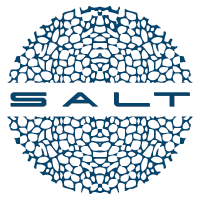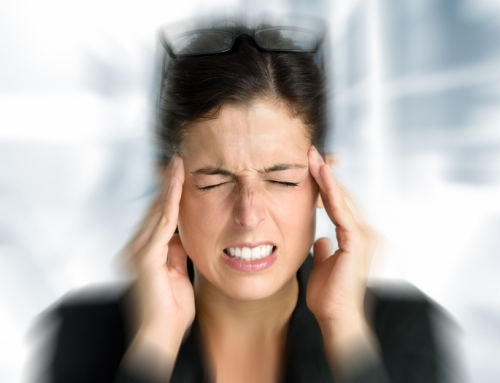Hypertension, or high blood pressure, is a common condition that can increase the risk of cardiovascular disease and stroke. It is often caused by a combination of factors, including genetics, lifestyle, and environmental factors. Research has shown that sensory deprivation can be effective in reducing blood pressure levels, potentially providing relief from hypertension.
Sensory deprivation, also known as restricted environmental stimulation therapy (REST), involves the intentional reduction or elimination of external sensory stimuli, such as light, sound, and touch. This can be achieved through various means, such as floating in a tank filled with saltwater, or wearing a specially designed helmet that limits sensory input. Sensory deprivation has been found to have potential therapeutic benefits for a variety of conditions, including hypertension and migraine headaches.
One study, published in the International Journal of Psychophysiology, found that a single session of floatation therapy was effective in reducing blood pressure levels in individuals with hypertension. Participants experienced a significant reduction in both systolic and diastolic blood pressure immediately after the floatation session. Another study, published in the journal Biological Psychology, found that six weeks of floatation therapy resulted in a significant reduction in blood pressure levels in individuals with hypertension.
The exact mechanism by which sensory deprivation reduces blood pressure levels is not fully understood. However, it is thought that the relaxation and stress-reducing effects of sensory deprivation may play a role. When the body is in a state of deep relaxation, the sympathetic nervous system, which is responsible for the “fight or flight” response, is inhibited, leading to a decrease in heart rate and blood pressure.
Migraine headaches are a debilitating condition that can cause severe pain, nausea, and sensitivity to light and sound. Research has shown that sensory deprivation can be effective in reducing the frequency and severity of migraine headaches, potentially providing relief to individuals who suffer from this condition.
One study, published in the journal Headache, found that a single session of sensory deprivation was effective in reducing the intensity and duration of migraine headaches. Participants reported a significant reduction in pain, as well as a decrease in sensitivity to light and sound. Another study, published in the journal Pain Research and Management, found that six weeks of sensory deprivation therapy resulted in a significant reduction in the frequency and severity of migraine headaches.
The exact mechanism by which sensory deprivation reduces the frequency and severity of migraine headaches is not fully understood. However, it is thought that the reduction in external sensory input may help to decrease the activity of the brain’s pain centers, leading to a decrease in the perception of pain. Additionally, the relaxation and stress-reducing effects of sensory deprivation may also play a role in reducing the frequency and severity of migraine headaches.
In conclusion, sensory deprivation therapy has been found to have potential therapeutic benefits for a variety of conditions, including hypertension and migraine headaches. The relaxation and stress-reducing effects of sensory deprivation may play a role in reducing blood pressure levels and the frequency and severity of migraine headaches. Further research is needed to fully understand the mechanisms by which sensory deprivation provides therapeutic benefits, as well as to identify optimal treatment protocols and patient populations. However, these findings suggest that sensory deprivation therapy may be a valuable addition to the treatment options for individuals with hypertension and migraine headaches.
For more information on the many BENEFITS of Floatation Therapy visit: www.saltfloatstudio.com.au




